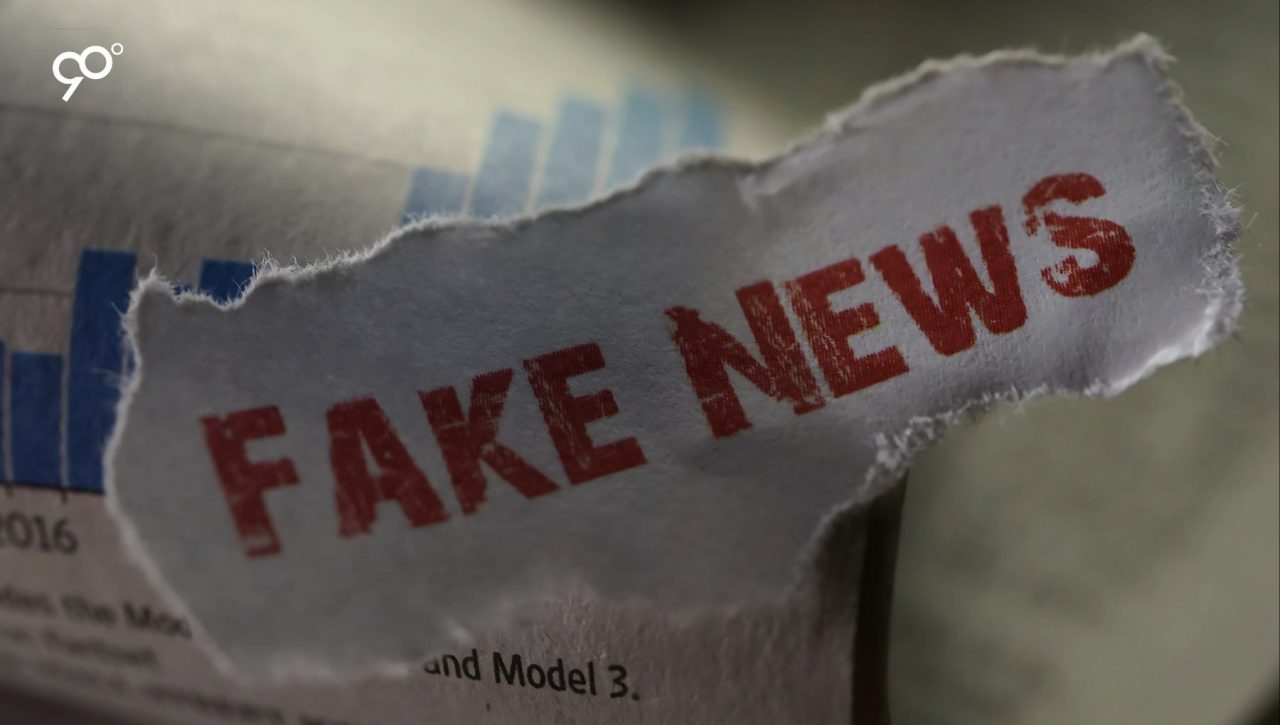
In today’s hyperconnected digital landscape, the spread of fake news and misinformation poses a significant threat—not just to public discourse, but also to brand integrity and consumer trust. For brands, the challenge is twofold: protecting their reputation from false narratives and ensuring their own communications remain credible and authentic.
The Impact of Fake News and Misinformation on Brands
Misinformation can harm a brand in numerous ways. False claims about a company’s products, executives, or values can spread rapidly on social media, eroding consumer confidence and potentially leading to lost revenue. Even well-intentioned campaigns can backfire if they rely on or amplify unverified information, making brands complicit in the spread of falsehoods.
Why Brand Communication Matters
Brand communication is the bridge between a company and its audience. In a world where information spreads at lightning speed, maintaining control over that narrative is crucial. Consumers expect brands to be transparent, accountable, and informed. A single misstep in communication can quickly go viral, and the damage can take months—or even years—to repair.
Building a Strategy to Combat Fake News and Misinformation
To effectively navigate the modern media environment, brands need a thoughtful and resilient approach.
First, ensuring rigorous internal fact-checking is essential. All external messaging must be thoroughly vetted by cross-functional teams that include legal, PR, and subject matter experts. This minimizes the risk of inadvertently spreading inaccuracies.
At the same time, brands must proactively monitor media and social channels. Investing in social listening tools and real-time monitoring allows teams to detect emerging narratives and respond swiftly before misinformation gains traction.
When falsehoods arise, brands must react quickly and transparently. Speed matters, but so does tone. Responses should be clear, factual, and evidence-backed, with a willingness to acknowledge mistakes when they occur. Delayed or defensive messaging can further erode trust.
Educating audiences also plays a key role. Brands that share tips on spotting misinformation and highlight credible sources position themselves as allies in the fight for truth. This strengthens customer loyalty and builds a more informed community around the brand.
Finally, partnering with credible third-party sources—such as respected journalists, fact-checking organizations, and academic institutions—can help validate a brand’s position when addressing complex or controversial issues. Using only verified communication channels, such as official websites and authenticated social media accounts, further assures audiences of message authenticity.
Building a Resilient Brand Reputation
Long-term trust is built on consistent, truthful communication. Brands that demonstrate integrity, own up to mistakes, and engage openly with their audiences are better equipped to weather storms of misinformation. Reputation isn’t built overnight—but it can be dismantled quickly if a brand is perceived as evasive or dishonest.
The Road Ahead
As technology evolves and AI-generated content becomes increasingly sophisticated, the line between fact and fiction will blur even further. Brands must stay ahead by investing in strong verification practices, transparent communication, and media literacy initiatives—both internally and among their audiences.
Ultimately, combatting fake news and misinformation is more than a defensive necessity; it’s a proactive commitment to truth and responsibility. Brands that uphold these values will be the ones that thrive in an age where trust is more valuable than ever.
Follow Ninety Degrees PR Solutions on LinkedIn for more public relations and communication related articles.

